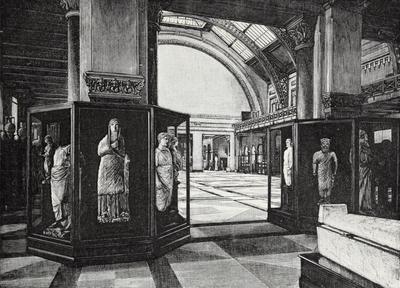The Merchant of Cyprus: Luigi Palma di Cesnola vs. The Ottoman Government (1865–1876)

Fourteen years before his appointment in 1879 as the first director of the Metropolitan Museum of Art (the MET) in New York, Luigi Palma di Cesnola (1832–1904) arrived in Cyprus as the United States consul. Over the course of eleven years, Cesnola obtained and exported about 35,000 objects, which almost singlehandedly led to the formation of ancient Cypriot sculpture as an area of study.
In addition to his own book, his life and deeds have been the topic of numerous studies. However, the rich documentation in the Ottoman archives has yet to be fully integrated into these narratives. This book-length project seeks to remedy this state of affairs by focusing on Cesnola’s eleven years in Cyprus and the legal, political, and economic repercussions of his excavations there. I pay special attention to his dealings with the Ottoman government, addressing many of the misconceptions and factual inaccuracies which continue to be perpetuated in academic and popular publications, as well as museum displays and catalogues.